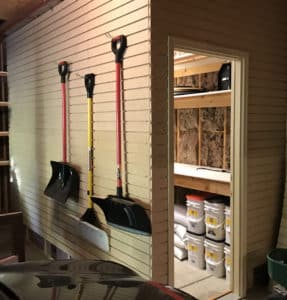By Celina Blandford
My first year starting bonsai, winter care seemed the most intimidating aspect of keeping trees in Minnesota.
Unless you only keep tropicals, outdoor winter protection for your trees is a necessary part of caring for bonsai in Minnesota. My first year of bonsai I stored my tree with Lionel Flood (he offers this great service, lionelflood2@gmail.com) for the winter, but I knew I had to build a cold frame if I wanted to expand my collection. I toured a lot of members cold frames at the member tour and got a lot of great tips from experienced members. I hope this article helps and you find that winter care isn’t scary or intimidating at all.


Comments are closed.